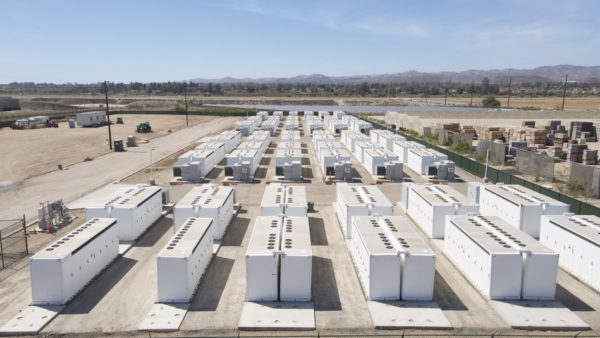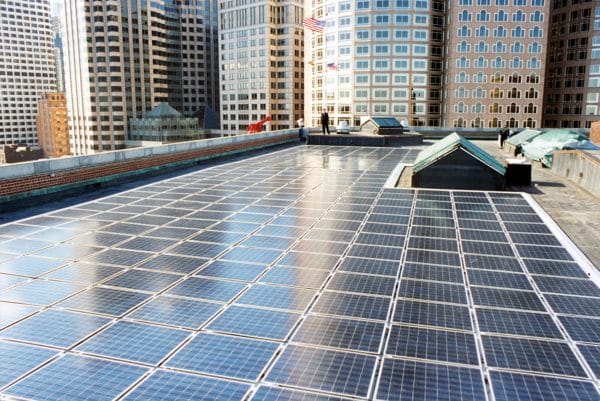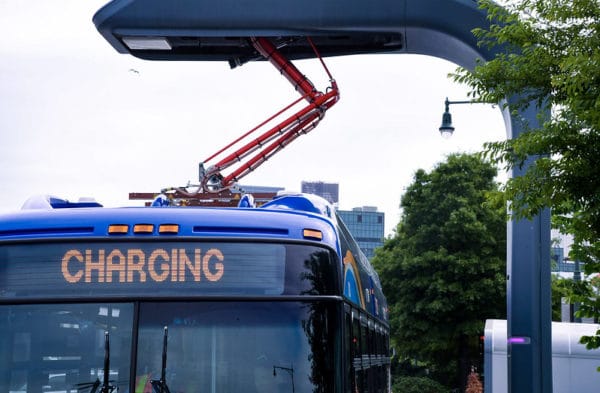The U.S. Department of Energy released a study that examines solar’s role in decarbonizing the nation’s electric power grid.
The Solar Futures Study, led by the National Renewable Energy Laboratory, puts numbers behind the expected massive amount of solar necessary to decarbonize the grid. An advance copy of the report was provided to pv magazine.
The report examines what the U.S. needs to reach clean energy goals and how such a large amount of solar energy impacts the grid, the economy, the solar industry, the environment, and how solar might interact with other technologies such as storage, electric vehicles, buildings, industry.
The report said that by 2035 the U.S. would need to quadruple its yearly solar capacity additions and provide 40% of the electricity on the grid, on the order of 1,000 GW. By 2050, solar energy could provide 1,600 GW on a zero-carbon grid, the study said. Decarbonizing the entire energy system could result in as much as 3,000 GW of solar by 2050 as result of increased electrification in the transportation, buildings, and industrial sectors.

Image: Arevon Asset Management
The report said that a 60% reduction in PV energy costs by 2030 could be achieved through improvements in photovoltaic efficiency, lifetime energy yield, and cost. It said that higher-temperature, higher-efficiency concentrating solar power technologies could deliver cost and performance improvements.
The report said that further advances also are needed in areas including energy storage, load flexibility, generation flexibility, and inverter-based resource capabilities for grid services. It said that solar technologies “may proliferate in novel configurations” associated with agriculture, water bodies, buildings, and other parts of the built environment.
The study said that electrification of fuel-based end uses could enable solar electricity to power about 30% of all building end uses and 14% of transportation end uses by 2050.

Image: NREL/SunPower
For buildings, rooftop solar were forecast to increase the value of batteries and investments in load automation systems. For transportation, rooftop solar could increase the value of electric vehicle adoption to consumers through a combination of low-marginal-cost electricity and managed charging.
It cautioned that the long- term role of solar electricity in industry is less certain. Even so, it said that industrial process heat from concentrating solar thermal plants can help decarbonize the sector.
Massive deployment
The study said a clean grid requires “massive, equitable deployment” of diverse, sustainable energy sources. It said the U.S. must install an average of 30 GW of solar capacity each year between now and 2025 and 60 GW each year from 2025-2030. The study’s modeling showed that the remainder of a carbon-free grid largely supplied by wind (36%), nuclear (11%-13%), hydroelectric (5%-6%), and biopower/geothermal (1%).

Image: Marc A. Hermann/MTA
The study said that solar will employ 500,000 to 1.5 million people across the country by 2035. And overall, the clean energy transition will generate around 3 million jobs across technologies.
It said that new tools that increase grid flexibility, like storage and advanced inverters, as well as transmission expansion, will help to move solar energy to all parts of the country. The report said that solar and wind combined are expected to provide 75% of electricity by 2035 and 90% by 2050.
The deployment of storage would enable more flexibility and resilience, growing from 30 GW to nearly 400 GW in 2035 and 1,700 GW in 2050. Tools like grid-forming inverters, forecasting, and microgrids also are expected to play a role in maintaining the reliability and performance a renewable-dominant grid, the report said.
Reduced carbon emissions and improved air quality were expected to result in savings of $1.1 trillion to $1.7 trillion, outweighing the additional costs incurred from transitioning to clean energy. The projected price of electricity for consumers was not expected to rise by 2035 as the costs are expected to be fully offset by savings from technological improvements.
The report said that without some combination of limits on carbon emissions and mechanisms to incentivize clean energy, the U.S. “cannot fully decarbonize the grid.” Its modeling showed that grid emissions could be expected to fall around 60% without policy.
This content is protected by copyright and may not be reused. If you want to cooperate with us and would like to reuse some of our content, please contact: editors@pv-magazine.com.









By submitting this form you agree to pv magazine using your data for the purposes of publishing your comment.
Your personal data will only be disclosed or otherwise transmitted to third parties for the purposes of spam filtering or if this is necessary for technical maintenance of the website. Any other transfer to third parties will not take place unless this is justified on the basis of applicable data protection regulations or if pv magazine is legally obliged to do so.
You may revoke this consent at any time with effect for the future, in which case your personal data will be deleted immediately. Otherwise, your data will be deleted if pv magazine has processed your request or the purpose of data storage is fulfilled.
Further information on data privacy can be found in our Data Protection Policy.